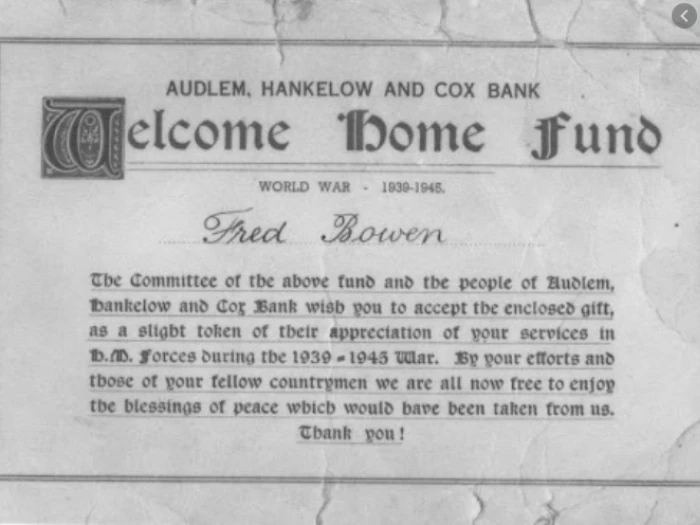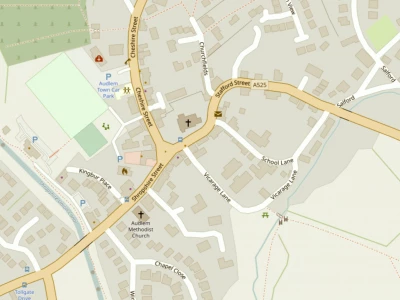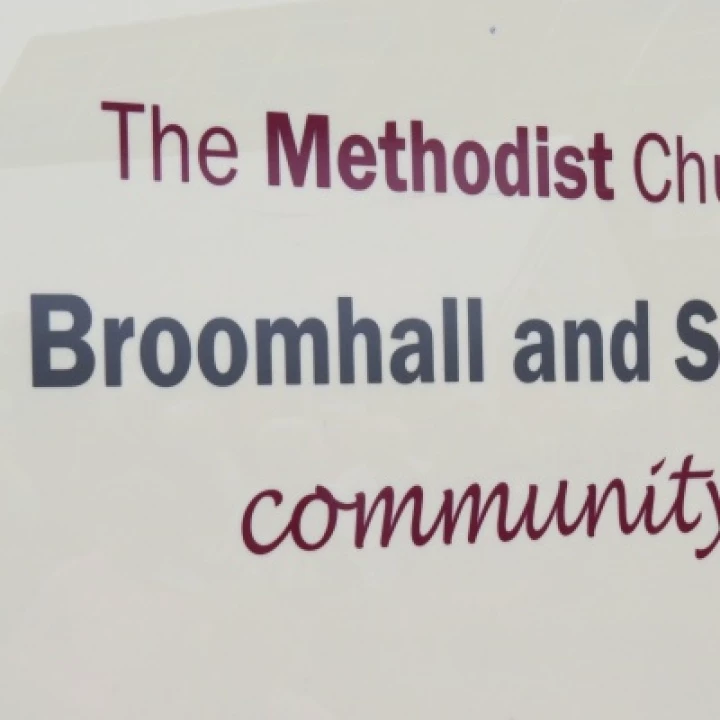
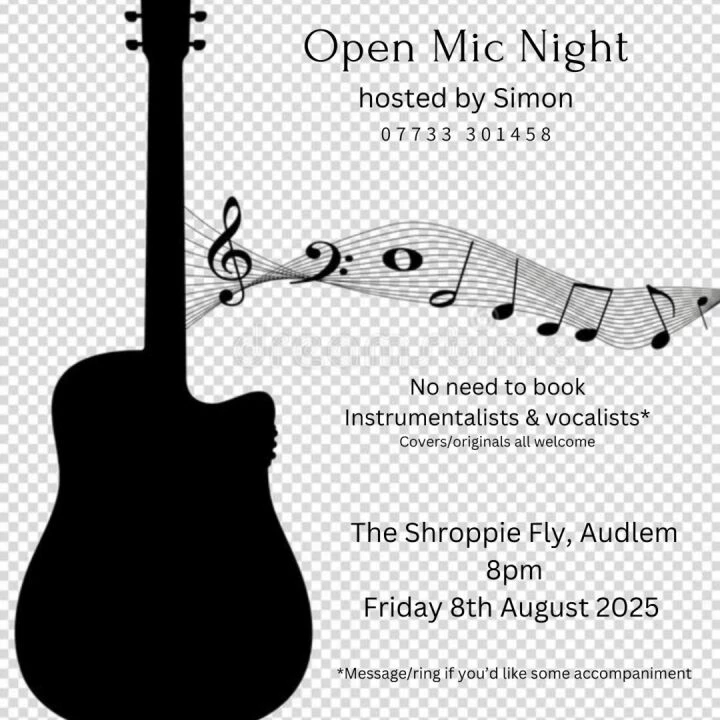
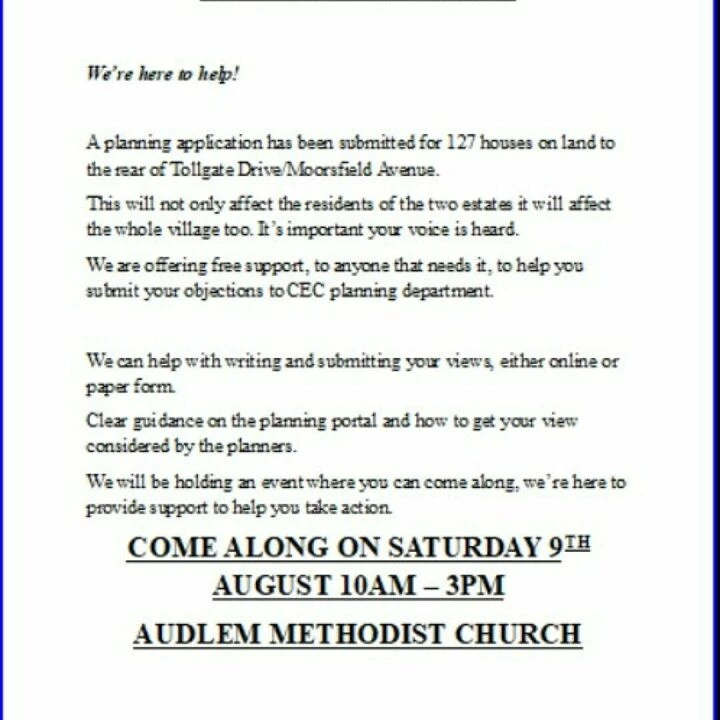
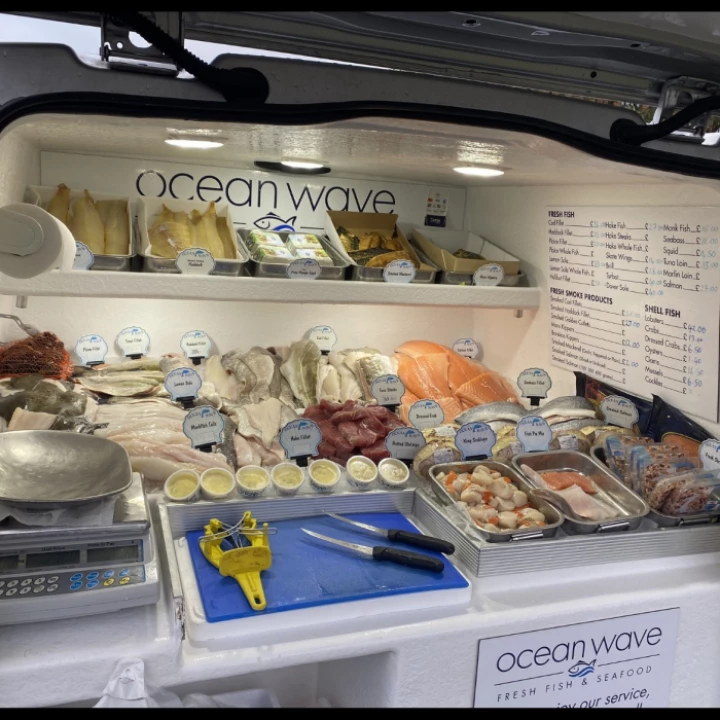
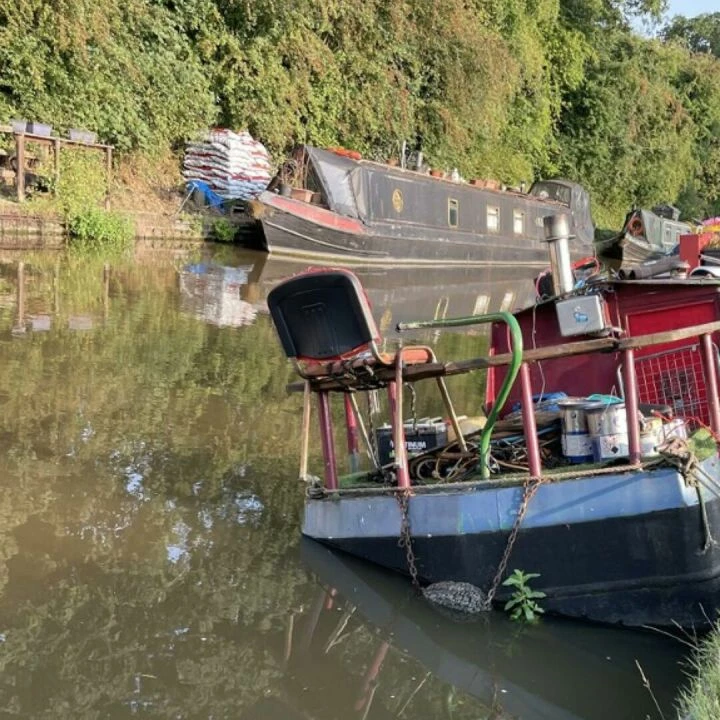
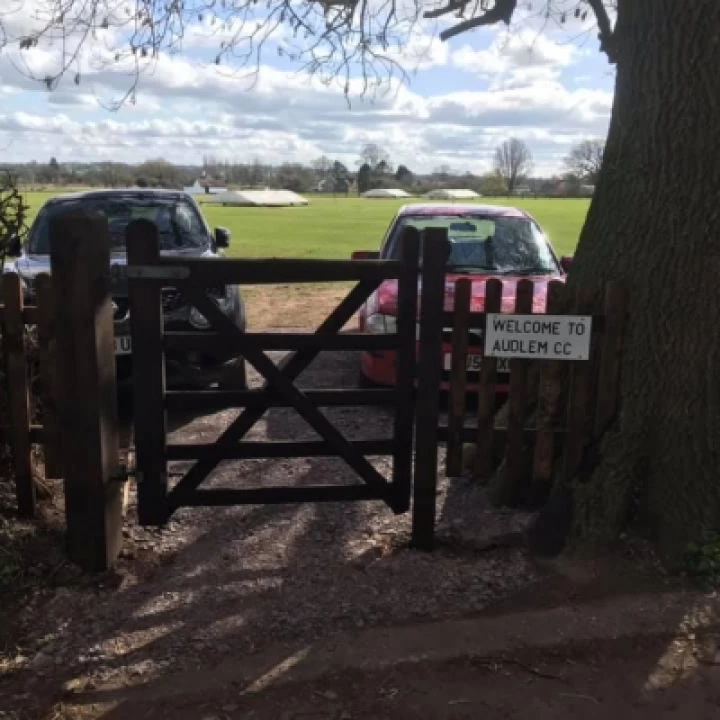
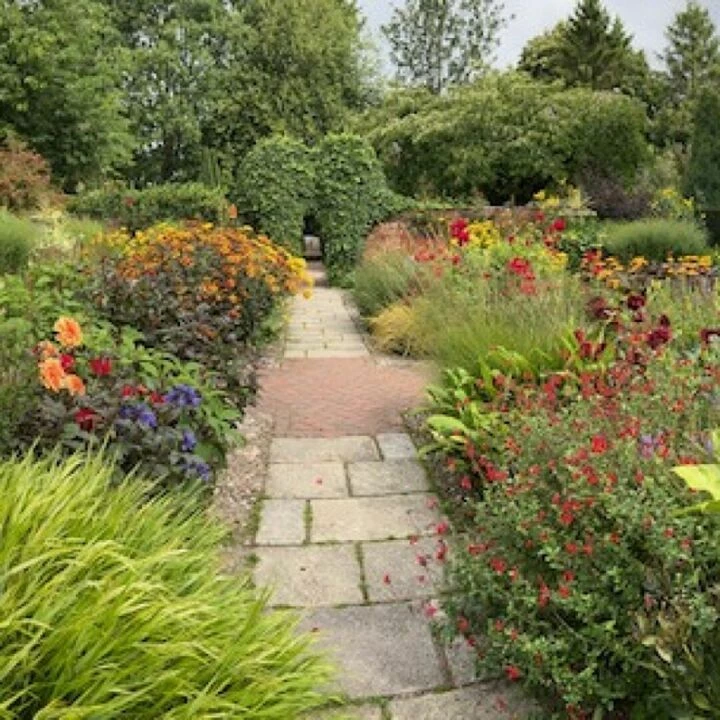

Memories of Audlem in wartime by Megan McKelvey (nee Dutton)
At the outbreak of WW2, aged nine, I attended Audlem C of E Primary School in Cheshire Street. We were issued with gas masks which we practised wearing on visits to the air raid shelters (sited where Thornton House sheltered housing now stands.) Elm House just further along, was the Land Army Hostel for the duration of the war. I can remember the black-out and the droning of the German bombers overhead, as they headed for Liverpool, Crewe sidings, Rolls Royce or Crewe Works.
My father, having served in WW1, was past call-up age and served in the A.R.P. Their HQ was the old Toll House on the junction of the Whitchurch/Market Drayton Roads. Our 'Dad's Army' consisted of those too young, too old or deemed vital to food production. The Royal Observer Corps kept look out, first on Holmes bank and then a purpose built bunker was installed near Corbrook on the ridge above Hankelow Mill. It remains there today I believe.
Audlem was far from sleepy. Evacuees came from Liverpool, joined our school classes and were found homes in the village. One, Lena, was housed next door to our shop-Williams' drapers- with the Co-op manager Mr Asbury, who lived on the premises with his wife and daughter. There was a party of school children from Guernsey, with their own teachers, the Misses Pedevin I think who were twins. One taught at Audlem Primary, one at Buerton and a third teacher, Miss Honey, taught at the Secondary Modern which was in the Old Grammar School building. One channel Islander married a local girl and still lives in the village. There were also two teachers from Liverpool.
The government put a great deal of effort and resources into endeavouring to make Great Britain self sufficient in food. Bonells Agricultural Engineers at Little Heath, encouraged to mechanise and modernise, were at the centre of things. Early mornings witnessed a stream of tractors, threshing machines etc. passing through the village.
Troop movements, both friend and foe were a regular feature. German and Italian POWs were employed on the land. Some formed friendships that survived the war, occasionally marrying local girls and became valued members of our community after hostilities ceased. German prisoners gave concerts in the Public Hall. There was very little animosity towards the 'enemy'.
The Free French matelots stationed at Doddington Hall had an alleged taste for deer and of course our dear girls! The American GIs commandeered the petrol pump positioned in Shropshire St. in front of where the present Fire Station stands and were, uniquely, never short of 'gas'. Dances at the Public Hall were never the same again, they were certainly intent on 'liberation'. The Royal Welsh Fusiliers, stationed at Adderley Hall, paraded their colours before the 'top brass' in front of the Crown Hotel. A goat, their regimental mascot, led them. Later additions to the street scene included Polish refugees.
All in all, it was a very cosmopolitan mixture in deepest Cheshire.
Article by Kind Permission of Judy – Megan's daughter
Sent to us by Terry Aston
Get In Touch
AudlemOnline is powered by our active community.
Please send us your news and views using the button below:
Email: editor@audlem.org

